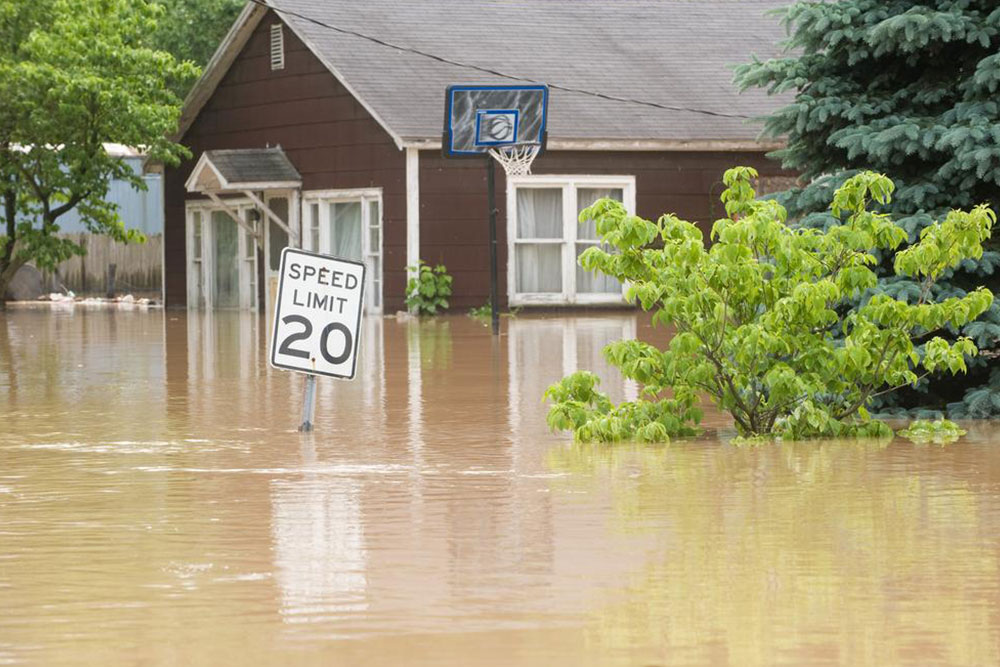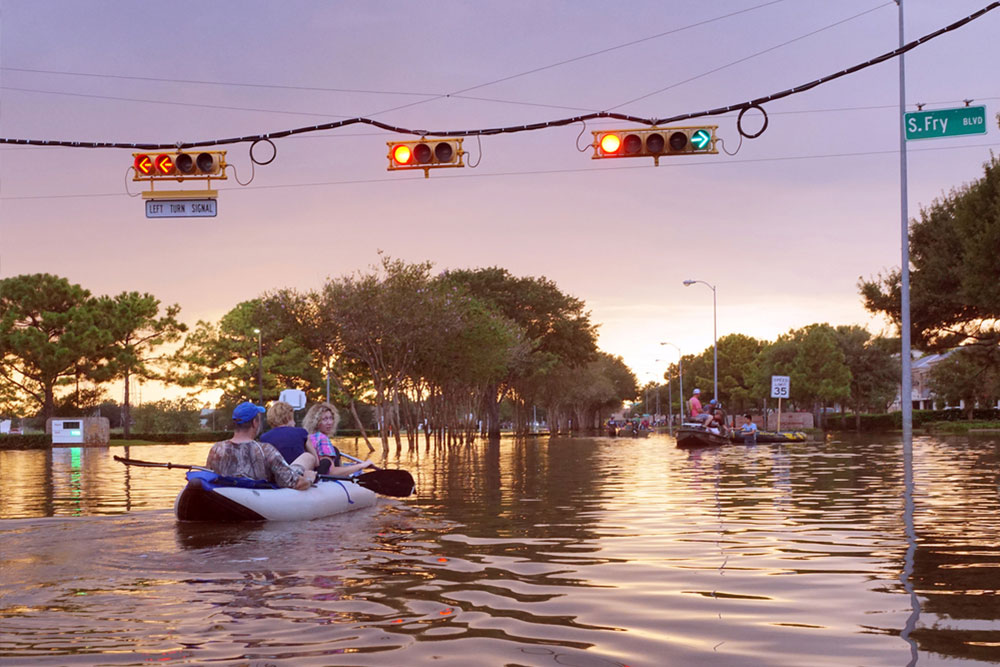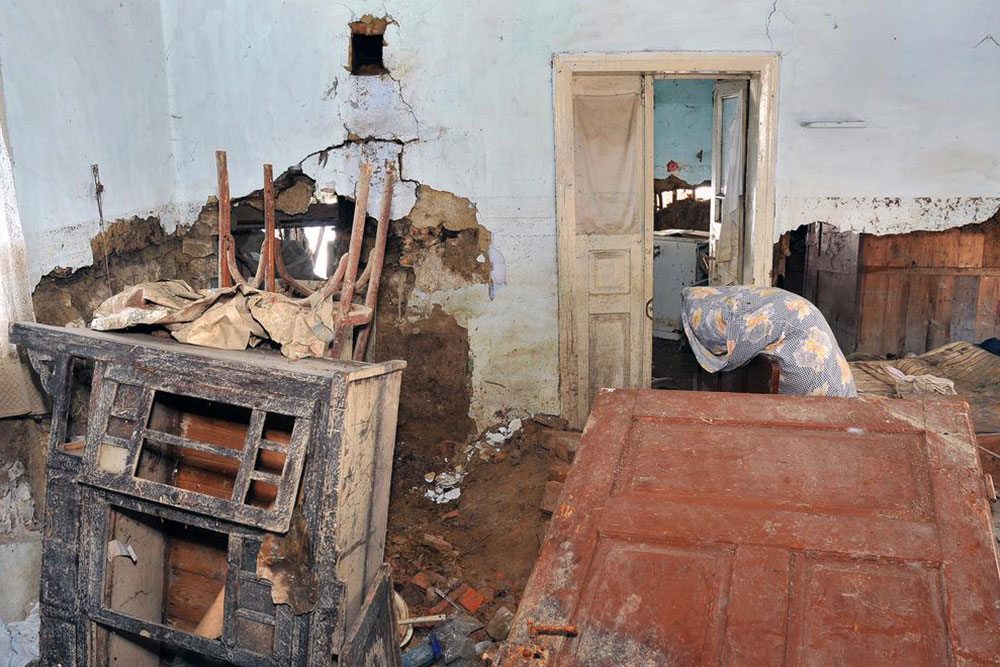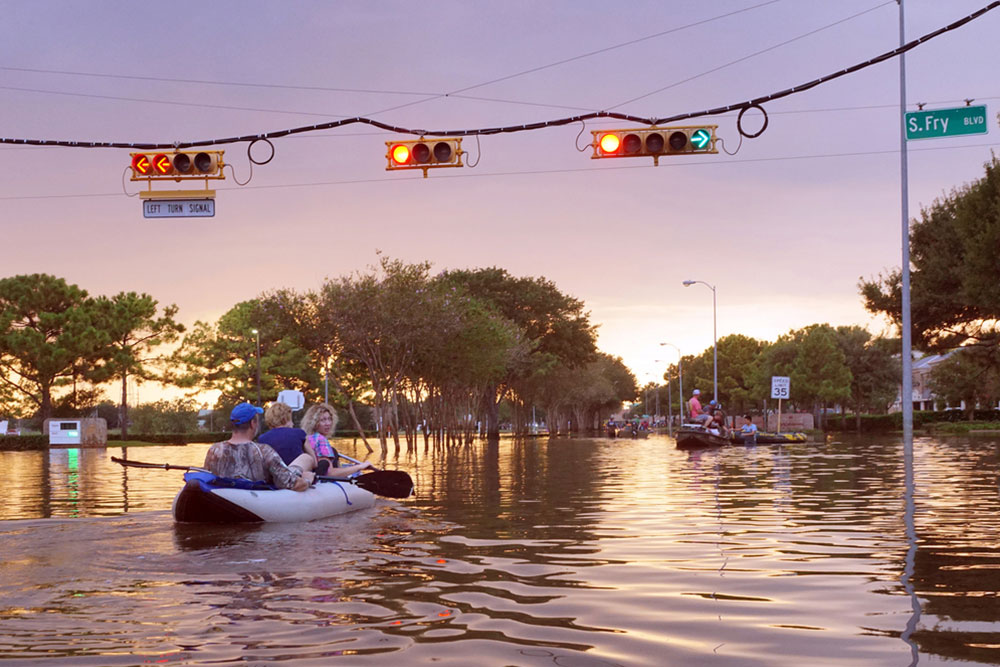Comprehensive Guide to Flood Insurance: Why It’s Essential for Homeowners
Learn about the importance of flood insurance, how to assess your flood risk, and what coverage options are available to protect your home and belongings from flood damage. This comprehensive guide helps homeowners understand the key aspects of flood insurance and stay prepared for natural disasters.
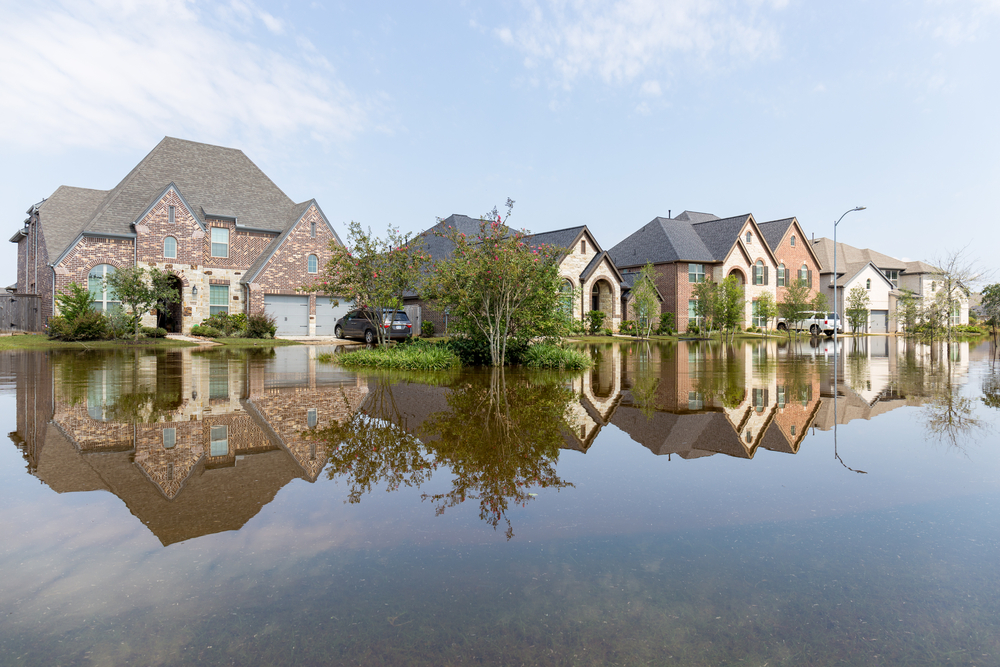
Comprehensive Guide to Flood Insurance: Why It’s Essential for Homeowners
Owning a home represents a significant milestone and signifies stability and security for you and your family. Each component of your property holds emotional and monetary value, emphasizing the importance of safeguarding your investment. While standard homeowner’s insurance offers protection against many common damages, it typically excludes coverage for natural disasters like floods. Floods are sudden, powerful events that can cause extensive destruction, and understanding flood insurance is crucial to ensure your home and possessions are protected.
A flood is technically characterized as an overflow of water onto land that is usually dry, leading to the inundation of more than two acres of land or affecting two or more properties. Such events are often caused by heavy rainfall, storm surges, rapid snowmelt, or dam failures. Recognizing the unique risk factors associated with flooding in your area is vital when selecting appropriate insurance coverage. Flooding can happen almost anywhere, but certain regions—especially those near coastlines, rivers, or low-lying areas—are more vulnerable. Proper knowledge and preparation can make the difference between financial stability and severe loss.
One of the most reliable sources for flood risk assessment is FEMA’s official website. FEMA provides detailed flood zone maps and up-to-date flood risk assessments specific to your geographical area. These maps help homeowners determine whether their property lies within a high-risk flood zone, which often necessitates mandatory flood insurance coverage. Coastal neighborhoods and inland areas prone to heavy rainfall or storm surges are typically marked as high-risk zones, requiring property owners to comply with federal regulations to obtain insurance coverage. Even properties outside designated flood zones can benefit from flood insurance, as floods can occur unexpectedly and outside predicted areas.
Flood insurance offers vital protection for the structural integrity of your home as well as your personal belongings. It primarily covers damages caused by floodwaters infiltrating the building and its contents, including furniture, appliances, and other essential valuables. However, it’s important to understand the scope of coverage, as flood insurance typically does not cover the land itself or certain types of personal property. Policies generally include coverage for the foundational elements of the house—such as the foundation, walls, and electrical systems—as well as contents stored within. Some policies also extend coverage to specific items like artwork, jewelry, and personal valuables, but these often have coverage limits.
For homeowners with basements, flood insurance can be even more critical, as basements are particularly vulnerable to flooding. Standard policies usually cover essential systems like heating, cooling, electrical panels, and sump pumps located in basements, but may exclude personal belongings stored in these areas unless additional coverage is purchased. Consequently, understanding your policy details and coverage limits is essential to ensure comprehensive protection.
Choosing the right flood insurance policy involves reviewing coverage caps, deductibles, and exclusions carefully. Some common exclusions include cash, precious metals, and important documents—so homeowners should plan accordingly. Additional flood protection measures, such as installing flood barriers and sump pumps, can enhance safety and may even qualify you for discounts on premiums.
Being proactive about flood insurance in flood-prone areas can save you from devastating financial losses in the event of a flood. Staying informed about current policies, understanding risk levels, and implementing preventive measures ensure your home and family are protected. Keep track of updates from flood safety authorities and insurance providers to stay prepared at all times. Follow us on social media for the latest insights into insurance, risk management, and financial planning tailored specifically for homeowners.
